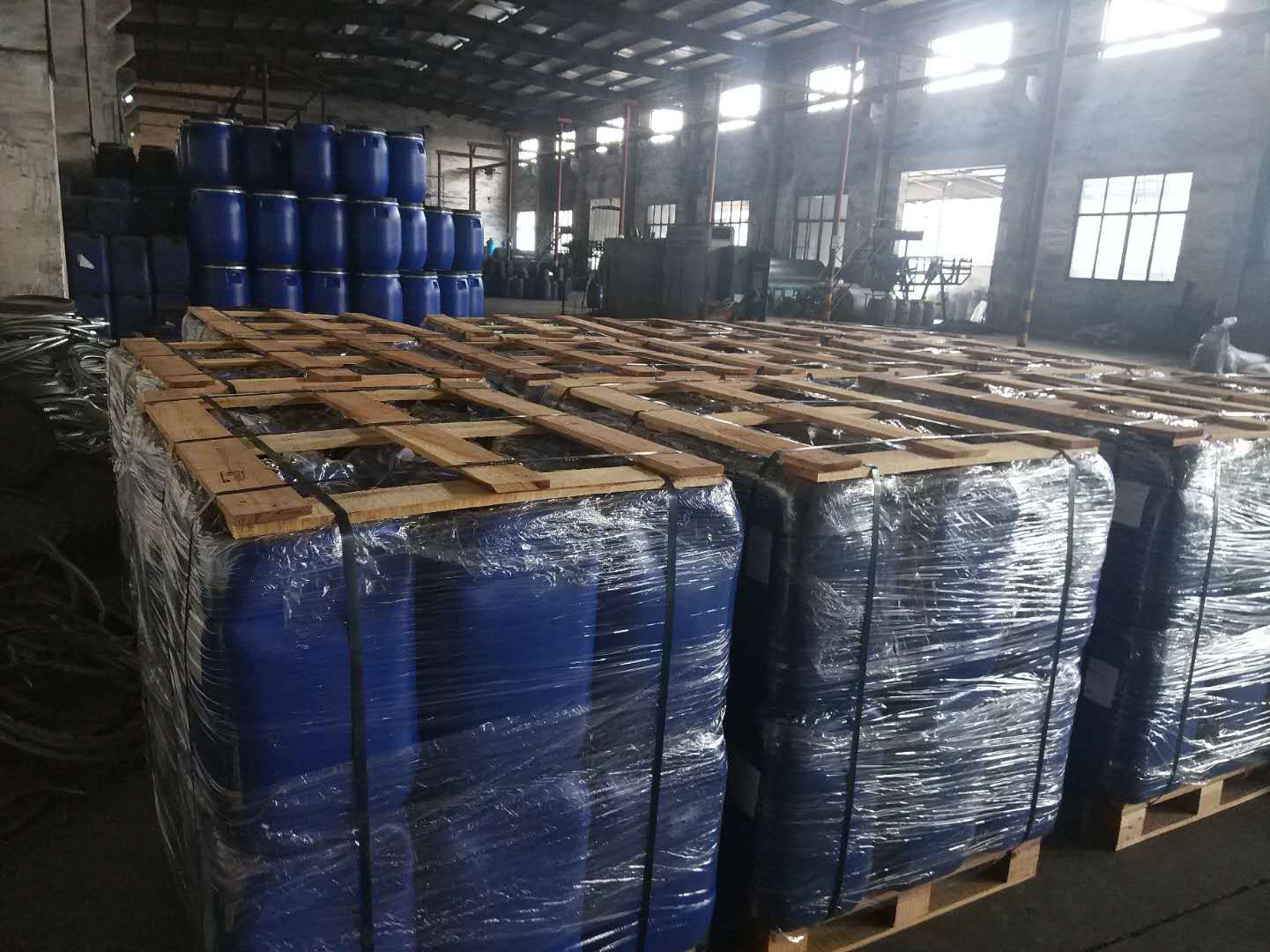Catalyst carrier activated carbon is a new type of catalyst carrier based on carbon-based materials, which is mainly used for catalyst support in the synthesis of organic compounds in the petrochemical industry. The most widely used catalyst carrier activated carbon is polyvinyl chloride solid mercury catalyst carrier activated carbon, which is a new type of catalyst carrier mainly based on carbon-based materials, which is mainly used for catalyst support in the process of polyvinyl chloride synthesis in the petrochemical industry.
The low-mercury catalyst activated carbon carrier produced by the activated carbon product reduces the content of mercury chloride by more than 50% compared with the common catalyst. Efficiency increased by nearly 10%. At present, it has been promoted in petrochemical enterprises such as Xinjiang and Hubei.
The main features of this product are: 1. The fixed carbon content is high, which can easily reach more than 90%; 2. The trace element impurity content is low, which reduces the influence of impurities on the formation reaction process; 3. The proportion of mesopores is high. , which can effectively support the catalyst and minimize the loss of catalyst.
Another product is mercury-free catalyst carrier activated carbon, which is specially used in conjunction with a mercury-free catalyst to achieve the same reaction effect as a mercury catalyst. In order to better integrate with the mercury-free catalyst, the product uses pore control technology to develop a pore structure that meets the requirements of the mercury-free catalyst, which ensures the in-depth combination of the catalyst and the activated carbon, and ensures the effective progress of the catalytic reaction. Maximize the needs of catalytic reactions. At present, this product has also been promoted and used in the domestic PVC industry.




